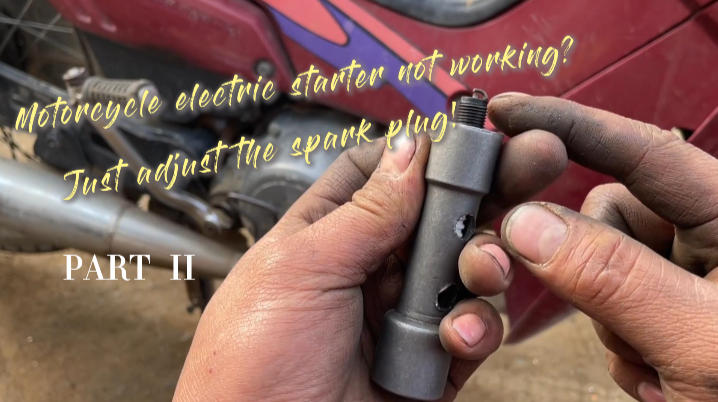Working for only 90 minutes a year, it is the “laziest” part of a car!
-
67
-
2025-08-12 15:21:36
This thing only works for about 10 minutes a year, spending the rest of the time just lying around in the car. But without it, the car wouldn't be able to move an inch. So, who is this “lazy” yet crucial component?
Before we get to that, let's take a look at how early cars were started:
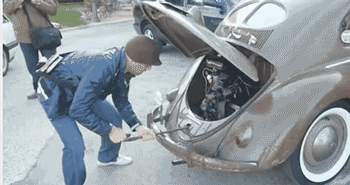
In the past, starting a car required a lot of physical strength. Fortunately, this physically demanding process has long since disappeared from passenger vehicles, as it has been replaced by today's protagonist—the starter motor. Without it, the car simply wouldn't start.
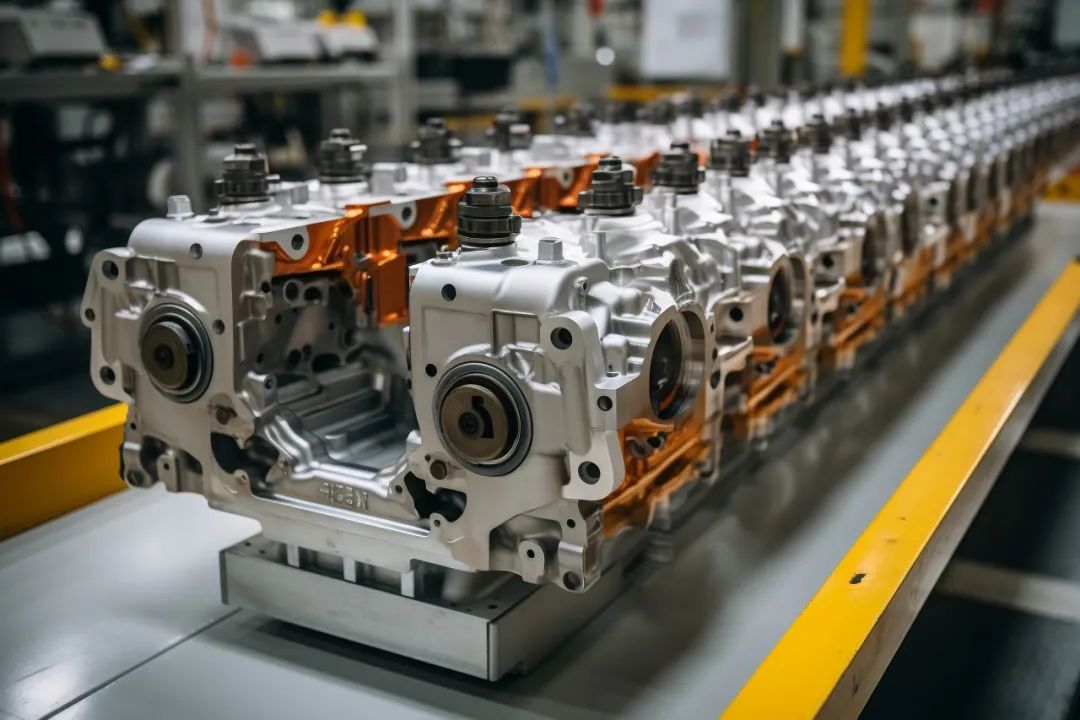
Where does its “laziness” come from?
The reason it's called the laziest part of the car is that, although it's a component used every time the vehicle runs, it's only used for a very short time—just a few seconds.
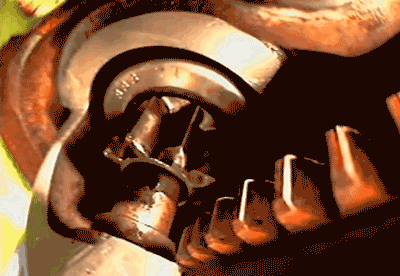
See that? That’s what the starter motor looks like when it’s working. Once the engine starts smoothly, it “automatically” retracts and goes back to sleep.
Let’s do the math: if the vehicle starts for 3 seconds each time, and starts 5 times a day, the total working time of the starter motor for the entire year is only about 90 minutes. And once the vehicle starts smoothly, it can go back to sleep. How lazy is that?
Though “lazy,” it's indispensable
Although the starter motor operates for a very short time each time, the workload is extremely intense. The instantaneous current output can reach as high as 300–400A. What does that mean? The total electricity consumption of an average household is generally around 20A, which means you could simultaneously start five air conditioners—any more than that and the circuit breaker would trip. Yet the car's starter motor must withstand the current pressure equivalent to nearly a hundred air conditioners starting simultaneously in just a few seconds—that's no small burden!
The reason such high current is required is that the starter motor must drive the engine crankshaft in reciprocating motion to enable the engine to start smoothly. In the days before starter motors, people had to manually crank the engine with a long handle, which could take several minutes—and even several dozen minutes in cold winter conditions. Now, the starter motor can start the engine smoothly in just a few seconds. That’s the progress of technology!
High load for a short time,
how can we better protect the starter motor?
After reading the above, everyone now understands that it's not that the starter motor is “lazy,” but rather that it simply cannot withstand overcurrent for an extended period.
Therefore, we should be mindful in our daily use and avoid letting the starter motor “run dry.” Especially for vehicles with one-button start, once the engine has started smoothly, you should release your hand as soon as possible to allow the starter motor to continue running.
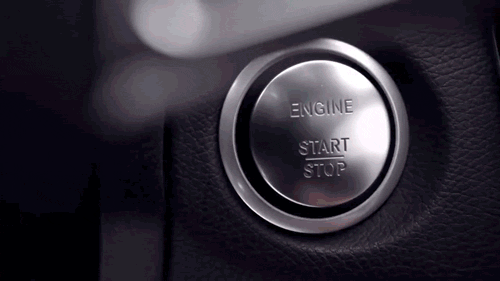
Additionally, when the engine fails to start despite attempts to ignite it, avoid continuous ignition attempts, as this may burn out the starter motor's coil and render it inoperable. If the issue is due to low fuel or ignition system malfunction, avoid letting the starter motor run dry, as replacing it can be costly.
Although the starter motor operates under extreme stress, its lifespan is still guaranteed. Generally, a high-quality starter motor can withstand at least 50,000 starts. In other words, even if you start the engine 8 times a day for 10 years, the starter motor would only have been used 30,000 times. Therefore, the original starter motor in a passenger vehicle is generally designed to last the entire lifespan of the vehicle.
Does the start-stop system shorten the lifespan of the starter motor?
The answer to this question is straightforward: no.
Firstly, the starter motor in the start-stop system is an “enhanced” version, with the minimum usage count increased from the standard 50,000 to 100,000, and some manufacturers even claim a lifespan of 300,000 cycles. This fundamentally addresses the issue of reduced lifespan caused by frequent starts.
Second, the battery has been reinforced to meet the demands of the start-stop system, and there are no issues with normal use. The start-stop system has been available in China for several years now, and there have been no reported cases of the starter motor being damaged due to excessive starting.
There is one situation that vehicle owners should pay special attention to: the recall of the starter motor. With tens of thousands of parts in a vehicle, it is inevitable that some may malfunction. In such cases, a recall is necessary to replace components with potential safety hazards. However, some owners may not pay attention to the manufacturer's recall notices, while others may feel it is not worth the trouble to visit a 4S store for a single component, choosing instead to continue using the vehicle as is. This mindset is unwise, as a damaged starter motor renders the vehicle inoperable.
Therefore, as vehicle owners, once we receive recall information, it is best to address the issue at the dealership as soon as possible. If the timing is right, we can also have a full vehicle inspection and other services completed at the dealership, achieving multiple benefits in one go.
Summary
Now you know that the “laziest” part of a car is actually the most indispensable component. You don't need to treat it with kid gloves; just make sure not to rev it too hard when starting the engine.
-
Oil Pump JR-B18-1 16700-K20-903 For Z00MER

-
Oil Pump JR-B18 16700-KVG-41 For AIR BLADE

-
Oil Pump JR-B113 16700-HR3-A21 For Fou rTrax Rancher

-
Oil Pump JR-B112-1 275500734 For GT1 130/155 2011-2012
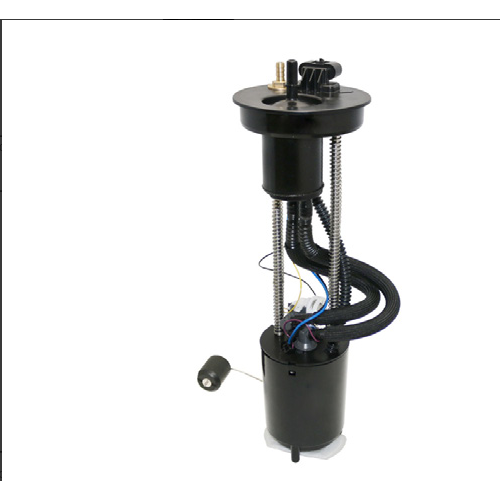
-
Oil Pump JR-B112 47-1027 For MAVERICKX

-
Oil Pump JR-B110 47-1050 For OUTLANDER

-
Oil Pump JR-B109 709000758 For OUTLANDER

-
Oil Pump JR-B108-1 2204308 For SPORTSMAN

-
Oil Pump JR-B108 47-1014 For SPORTSMAN
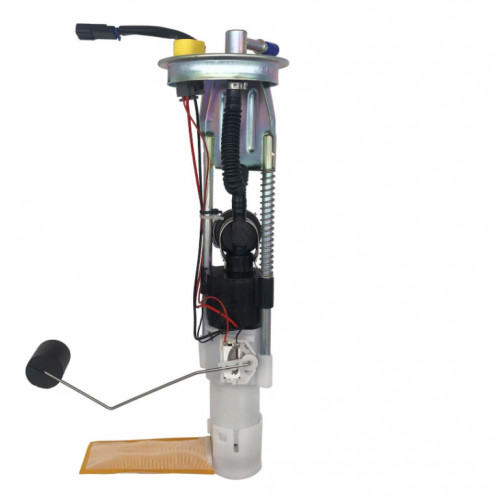
-
Oil Pump JR-B98-1 47-1012 For RANGER



